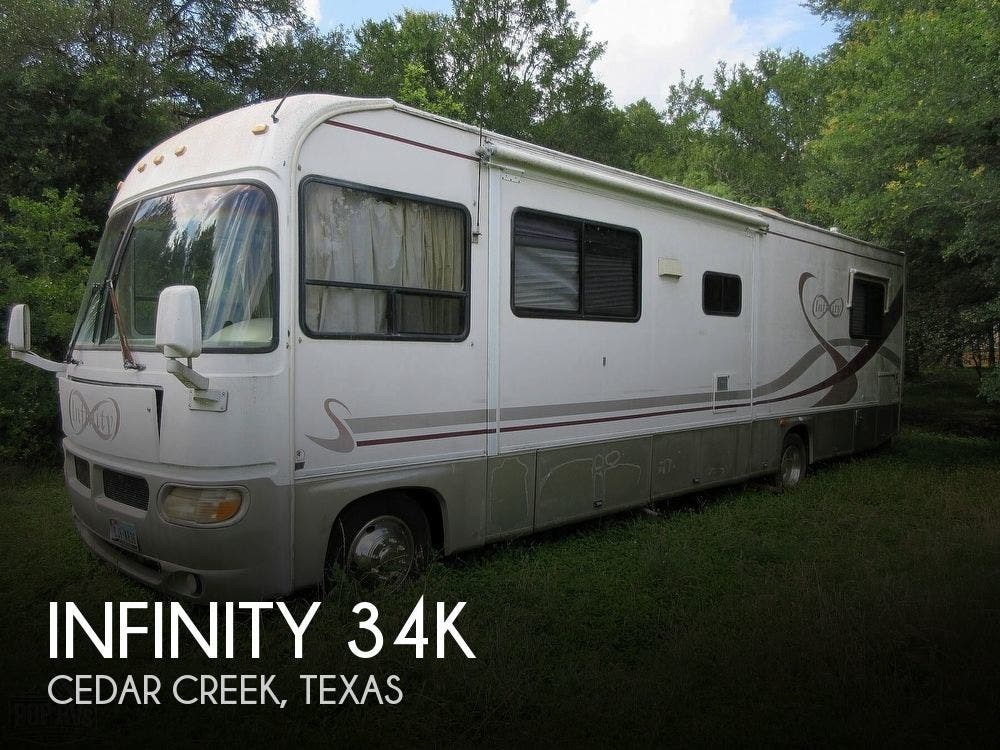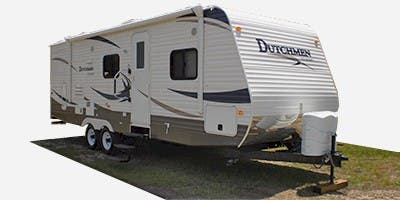

- 1999 dutchmen motorhome owners manual manual#
- 1999 dutchmen motorhome owners manual upgrade#
- 1999 dutchmen motorhome owners manual plus#
- 1999 dutchmen motorhome owners manual free#
By the end of the video you will have learned about the two basic types of tanks available today, including their installed anode rods, plus a breakdown of exactly how the system typically works if it’s functioning correctly. This lesson and Dave’s expert advice ought to be a sufficient introduction to your RV water heater, tank, and ignition system. That’s pretty much all you should need to get started. The unit gets very hot, so rule #1 is don’t touch!

Kids and curious uncles, too, steer clear! This also applies to furniture and camping accessories, especially those that are flammable. Most notably, you should always be sure to keep your hands, feet and other body parts away from the exhaust vents on the exterior of the water heater compartment. It’s also very important to keep in mind several safety aspects in relation to your RV’s water heater. A couple minutes of your spare time once or twice per year will guarantee you get the longest lifespan out of your heater and will have to dip into savings one less time! The same goes for other water and air conditioning units on your RV. First he talks about the importance of inspecting your water heater occasionally to ensure it’s in proper working order. Now that you know the essentials about your onboard RV water heater, Dave has a few extra expert tips for operating and maintaining your specific unit. You can also consult your appliance’s manual.Īdditionally, Atwood water heaters have aluminum tanks that act as anode rods, thus the situation is a bit different for these. If this is the case for your heater, the process is quite easy, but if you encounter any issues there are plenty of handy user guides available on the Internet.
1999 dutchmen motorhome owners manual manual#
However, if you have a smaller or older model, your RV water heater probably uses a pilot light and manual ignition that you’ll likely have to go outside and ignite by hand. All modern units have self-regulating temperature censors, so you don’t have to worry about turning the system off and on when not in use. Modern RV units utilize easy-to-operate direct ignition systems, which means the heater will kick itself on when the water temperature drops too low. The switch for the water heater is on the inside of your vehicle, but the ignition system can be located in a compartment on the exterior wall of the passenger side. It consists of a tank to hold the water and keep it at an elevated temperature, in addition to the heating system, which is in charge of actually firing up to raise the temperature. Much like a regular house version does, a smaller scale RV water heater is filled with cold water, which it then heats up to a boiling point to send to your bathroom and kitchen faucets. If you are unfamiliar with the standard water heater on board most RVs, allow Dave to briefly talk you through the basics. With Dave’s handy advice, you’ll never find yourself up the creek without hot water! RV Water Heater Basics You’ll learn how the usual water heater operates, and discover what to do if your unit needs troubleshooting.
1999 dutchmen motorhome owners manual free#
In this free lesson, RV expert Dave Solberg walks you through a quick overview of the typical RV water heater, discussing their main components and functionality.
1999 dutchmen motorhome owners manual upgrade#
They’re generally 6 gallons, but you can also upgrade to a 10-gallon heating system if you have the special and financial means. These LP-supplied units are relatively simple to care for, and they come in standard versions on most modern motorhomes and fifth wheels. To get that life-giving hot water flowing into your bathroom, you need to have a functional and well-maintained RV water heater on board. Of course you won’t find unlimited hot water and those little bottles of shampoo and conditioner that you would at a hotel, but it certainly beats schlepping through the woods to the communal toilets at a campground. One of the best parts about RV camping instead of opting for a tent is that you get to use your own shower at the end of the day. After a long afternoon of driving on the road or hiking in the woods, nothing feels better than having a nice, hot shower in your RV bathroom.


 0 kommentar(er)
0 kommentar(er)
